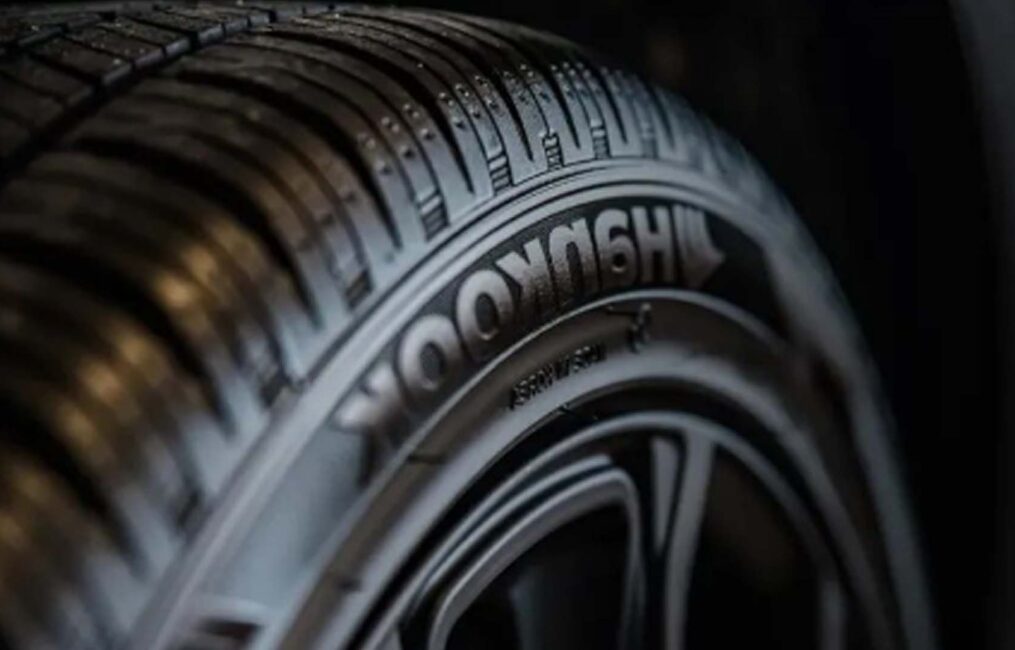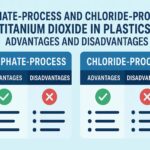Processo de sulfato vs. processo de cloreto Dióxido de titânio em borracha: principais diferenças
Descubra as principais diferenças entre o dióxido de titânio processado por sulfato e cloreto para aplicações em borracha. Compare desempenho, custo e adequação para fazer a melhor escolha para seus produtos de borracha.

In the rubber industry, both sulfate and chloride process titanium dioxide (TiO₂) can be used as pigments, reinforcing agents, and anti-aging additives. However, they differ significantly in performance, cost, and application suitability. Below is a detailed comparison:
1. Production Process & Product Characteristics
| Comparison Factor | Sulfate Process TiO₂ | Chloride Process TiO₂ |
|---|---|---|
| Production Process | Uses ilmenite or acid-soluble titanium slag; involves sulfuric acid dissolution, hydrolysis, and calcination. | Uses high-titanium slag or rutile ore; involves chlorination and oxidation. |
| Crystal Form | Can produce both anatase (A-type) and rutile (R-type). | Primarily produces rutile (R-type). |
| Pureza | Higher impurities (Fe, S residues). | Ultra-high purity (≥99%), minimal impurities. |
| Tamanho de partícula | Broader size distribution; requires post-treatment for dispersion. | Uniform particle size, excellent dispersibility. |
| Tratamento de superfície | Often requires Al/Si coating for weather resistance. | Naturally superior coating, better weather resistance. |
2. Performance in Rubber Applications
A. Weather Resistance & Anti-Aging
- Sulfate Process TiO₂:
- Anatase type has weak UV resistance, may cause rubber yellowing.
- Rutile type needs extra coating to match chloride process performance.
- Chloride Process TiO₂:
- Rutile type dominates, offering superior UV absorption—ideal for outdoor rubber products (tire sidewalls, construction seals).
B. Reinforcement Effect
- Sulfate Process TiO₂:
- Slightly inferior dispersion and reinforcement but cost-effective for general rubber products.
- Chloride Process TiO₂:
- Finer, more uniform particles enhance tensile strength and wear resistance (e.g., premium shoe soles, conveyor belts).
3. Application Suitability
| Aplicativo | Sulfate Process TiO₂ | Chloride Process TiO₂ |
|---|---|---|
| Tires (White Sidewalls) | Mid-to-low-end products; requires anti-aging additives. | High-end products; meets weather resistance needs directly. |
| Footwear/Sports Gear | Budget shoe soles, low-cost equipment. | High-performance shoes, yellowing-resistant gear. |
| Industrial Rubber | Seals, indoor conveyor belts. | Corrosion-resistant seals, outdoor belts. |
| Colored Rubber | Higher loading needed for opacity. | Stronger opacity, reduces usage. |
4. Cost & Environmental Impact
- Sulfate Process:
- Lower production cost (~20-30% cheaper) but higher environmental impact (wastewater, slag disposal).
- Chloride Process:
- More eco-friendly but higher investment cost; preferred for premium applications.
5. Selection Guide
Choose Sulfate Process TiO₂ When:
Cost-sensitive products (e.g., basic rubber mats, low-end footwear). Short-term or indoor rubber applications. Used alongside anti-aging additives (e.g., carbon black, UV absorbers).
Prefer Chloride Process TiO₂ When:
High weather resistance & anti-yellowing are critical (e.g., outdoor rubber).
Food-grade or medical rubber requiring ultra-high purity.
Premium products (e.g., automotive tires, sports equipment).
Final Recommendation:
Para budget-friendly, indoor rubber products, sulfate process TiO₂ is sufficient. For high-performance, outdoor, or premium rubber goods, chloride process TiO₂ delivers superior results despite higher costs.



